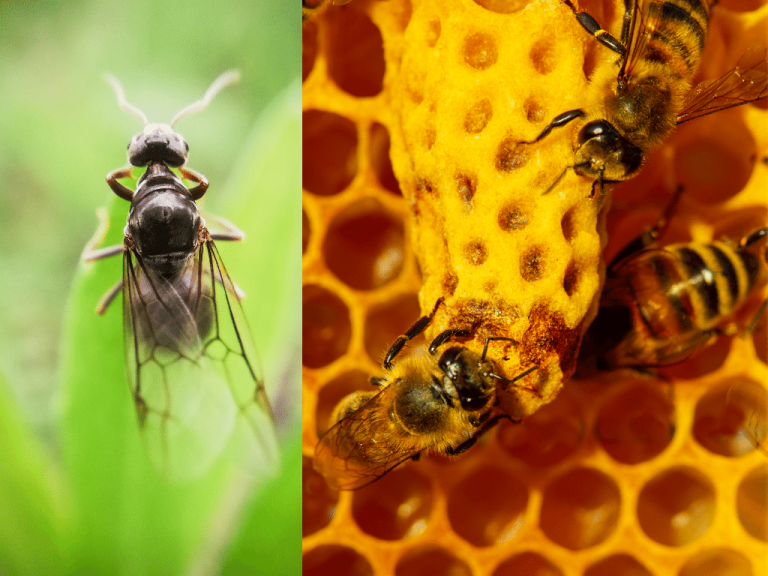The so-called queen bee and queen ant are actually female individuals capable of laying eggs, continually producing eggs to propagate the species. The living conditions of bees and ants are quite special; they do not live individually and separately but rather in groups of thousands or even millions, forming a large colony. This type of living is called colony living. Any individual separated from the colony cannot survive alone. In this large colony, each individual performs appropriate tasks, and together they maintain the colony life. For example, in bee and ant colonies, there are basically three types of members: one type performs productive labor and is called worker bees or worker ants. They are female but cannot reproduce and are the most numerous, specializing in building nests, collecting food, nurturing offspring, caring for the “queen,” and defending against enemies. Another type is male, and their number is relatively small, ranging from a few dozen to a few hundred in a colony. The third type is female, which is the queen bee or queen ant, the least numerous, with only one mature, egg-laying “queen” in a colony. The queen bee or queen ant is relatively large, at least one or two times larger than their counterparts. The primary function of the queen bee or queen ant is to produce offspring and maintain colony life. In the colony, the “queen” receives the most abundant nutrition (royal jelly). The “queen” rarely ventures outside, so encounters with natural enemies are infrequent. When external enemies occasionally invade, worker ants or worker bees strive to protect her, making it difficult for her to be harmed. Therefore, the lifespan of the “queen” is longer than that of her counterparts; most of her counterparts live only a few months, rarely more than a year. The lifespan of a queen bee is generally five to six years, or even more than ten years.

